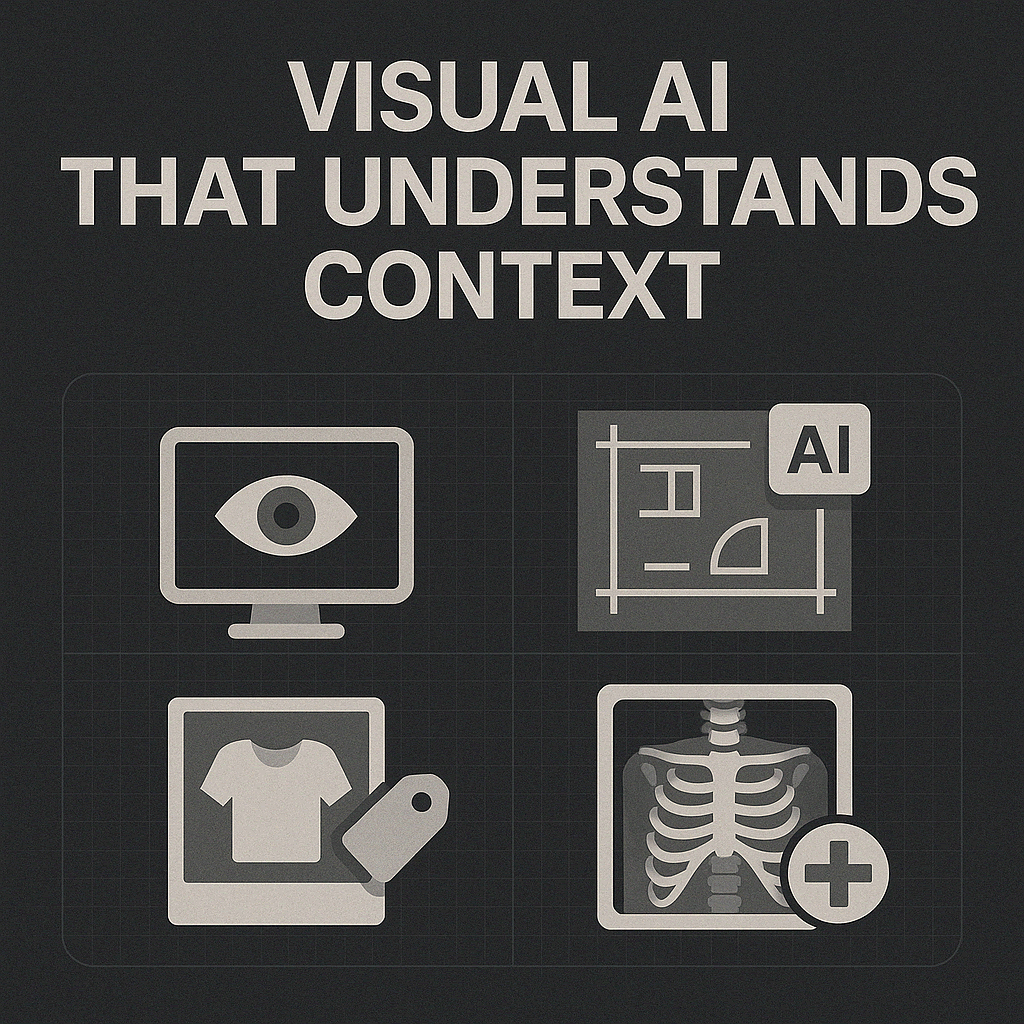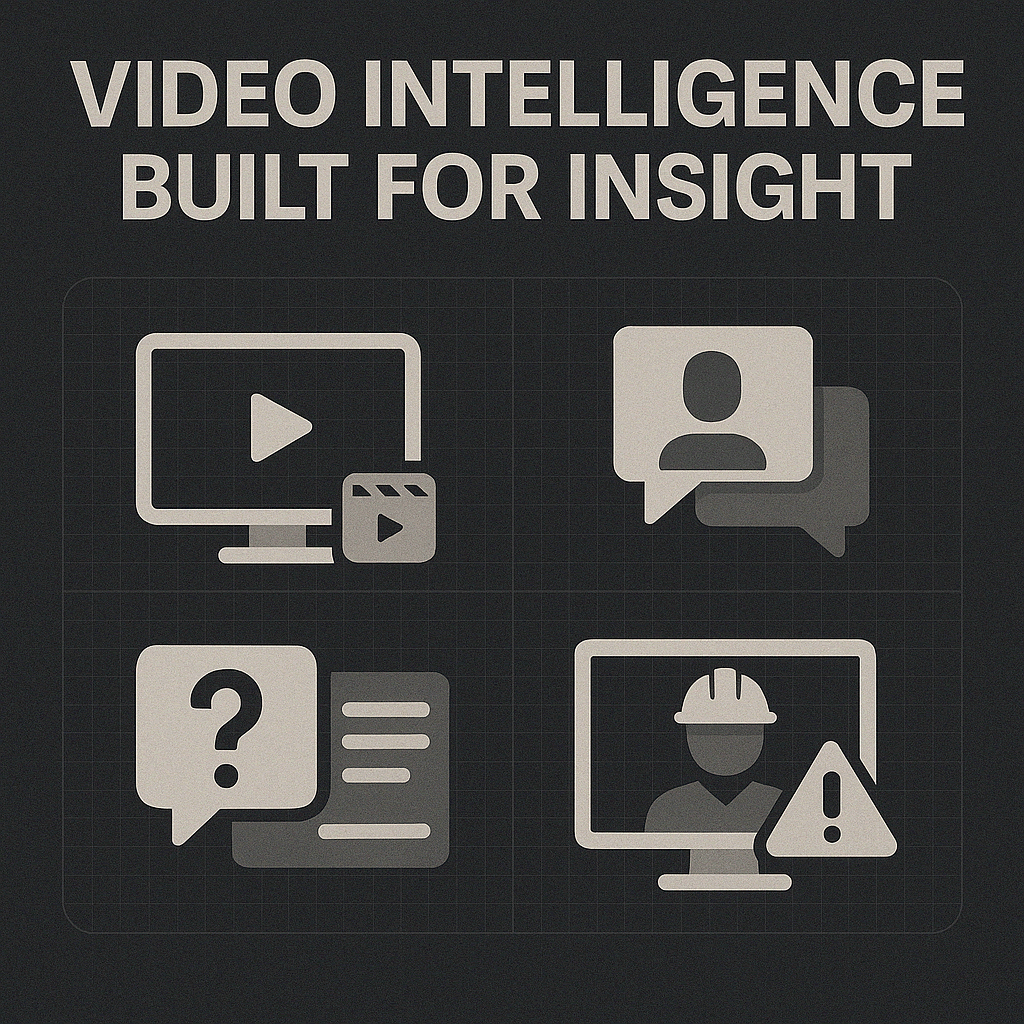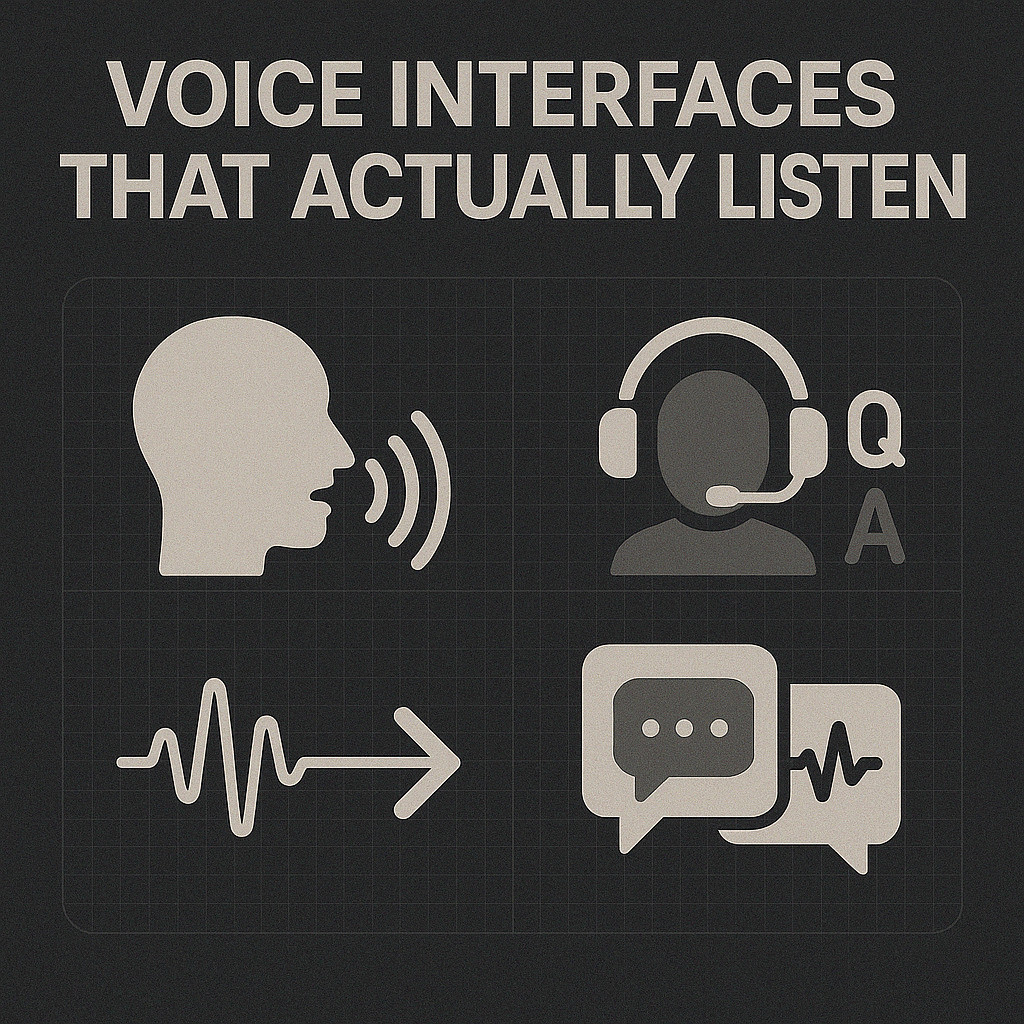
Visual AI That Understands Context
Our AI image processing tools go far beyond tagging. We train AI to interpret architectural blueprints, extract product attributes from retail images, and assist medical professionals with early diagnostics from X-rays or MRIs. We fine-tune visual models to perform with precision.

Video Intelligence Built for Insight
We turn videos into searchable knowledge. Our AI systems summarize meeting recordings, track speakers, and provide Q&A support with timestamped answers. In manufacturing and construction, our AI scans footage for safety compliance, anomalies, or workflow inefficiencies.

Voice Interfaces That Actually Listen
Voice-to-action AI support is now real. Wemaxa builds intelligent agents that respond to field technician voice commands, monitor live sentiment in call centers, or interpret multilingual audio inputs. We connect natural conversation with direct system outputs in real time, giving teams an edge in speed and responsiveness.

Prompt Security That Defends at Every Layer
Your prompts are your intellectual property. We shield them from injection attacks, unsafe outputs, and unintended behaviors. Our architecture includes layered protection, dynamic validation of AI responses, and continuous monitoring to flag anything out of scope or suspicious.
Compliance You Can Prove
From HIPAA in healthcare to FINRA in finance, we design every prompt and response around real-world regulations. Wemaxa logs every interaction with redaction capabilities, sanitizes inputs and outputs, and restricts access based on user roles—creating an environment where audits are easy, not stressful.
How We Build It
We orchestrate models like GPT-4o, Gemini, and LLaVA to work together depending on the input whether it’s a diagram, a sentence, or a voice command. Each modality is classified and routed intelligently, then unified into a consistent output that your team can rely on. We run pre-execution checks to catch vulnerabilities early.
MORE LINKS:
MULTIMODAL AI PROMPT INTEGRATION
Multimodal AI prompt integration is another shiny phrase that sounds futuristic but usually describes a patchwork of existing techniques. At its core it means combining different types of input text, images, audio, video into a single prompt so that the system can process them together and return an output. Instead of feeding only words into a model, you feed a picture and a caption, or a sound clip and a description, and the model tries to generate a response that accounts for all modalities at once. The appeal is obvious: closer to how humans operate, perceiving and reasoning across multiple senses. The technology underneath is less romantic. It relies on models trained on datasets that align these modalities, essentially teaching a machine how to map an image to text or an audio clip to a transcript. Integration then means building pipelines that merge those models into a unified interface. The prompt becomes a container, packaging multiple forms of data and asking the system to juggle them coherently. What gets advertised as “understanding” is really statistical alignment, the machine spotting patterns across formats and spitting back predictions.

In practice, multimodal prompts are used for tasks like describing an image in natural language, answering questions about a chart, generating captions for video, or creating synthetic media where text guides the production of pictures or sound. The user sees convenience, but the system is still guessing within a probability space. If the dataset is flawed, the output inherits that flaw. If the model is poorly aligned, the different modalities talk past each other. The promise of seamless integration often dissolves in edge cases. Implementation exposes further limits. Developers have to build interfaces that can handle multiple file types, convert them into the right embeddings, and then stitch them together into a form the model can actually process. This is less a single elegant system and more a fragile chain of converters and encoders. Marketing departments present it as effortless “multimodal AI,” but engineers know it as a balancing act where each step can introduce noise, delay, or error.

The business value is clear enough. Companies imagine assistants that can read a contract, analyze a chart, listen to a voice note, and generate a summary in one go. That dream sells well, and vendors happily stretch the truth to fit it. In reality, the reliability is uneven, and multimodal systems often perform like jack of all trades, master of none. Each modality is handled competently enough, but the integration does not reach the level of true synthesis. So multimodal AI prompt integration is not a revolution but an iteration. It expands the input space beyond plain text, which is progress, but it does not transform these systems into general intelligences.

The models still predict patterns rather than grasp meaning. The integration is useful, sometimes even impressive, but the hype exceeds the reality. What is sold as the future of human machine interaction is, for now, a complex workaround that makes machines slightly more versatile, not genuinely more intelligent.


